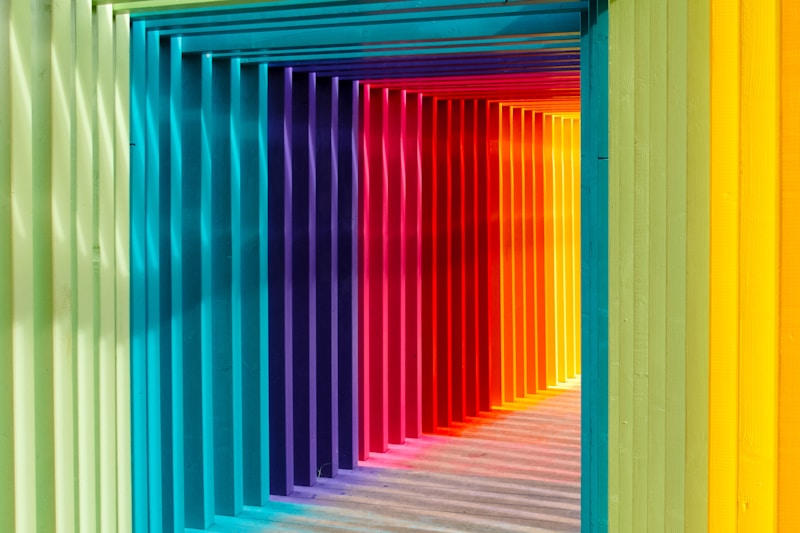Unlocking the World of Artistic Color Interpretation: A Comprehensive Guide
Introduction to Artistic Color Interpretation
Color is a powerful element in the world of art, capable of evoking emotions, creating atmospheres, and communicating messages. The term Artistic Color Interpretation refers to the process by which artists use color to express their thoughts and ideas. This article explores various aspects of color interpretation in artistic practice, including its significance, techniques, and how it influences the viewer's perception.
The Importance of Color in Art
Understanding Artistic Color Interpretation is vital for both artists and art enthusiasts. Color can impact the mood of a piece, the techniques artists apply, and the overall interpretation by the audience. Here are essential points on why color is indispensable in art:
- Emotional Influence: Colors can evoke feelings. For instance, red may stimulate energy, whereas blue may create a sense of calm.
- Cultural Significance: Different colors hold different meanings across cultures. For example, white symbolizes purity in some cultures, while in others, it represents mourning.
- Visual Harmony: Effective color combinations can offer visual balance, drawing viewers in and keeping them engaged.
Understanding Color Theory
To delve into Artistic Color Interpretation, it's essential to understand color theory. This theory helps artists create harmonious works by understanding how colors interact. Here are some key components of color theory:
| Primary Colors | Red, Blue, Yellow |
| Secondary Colors | Green, Orange, Purple |
| Tertiary Colors | Red-Orange, Yellow-Orange, Yellow-Green, Blue-Green, Blue-Purple, Red-Purple |
Color Harmony
Color harmony refers to aesthetically pleasing color combinations. The following schemes are commonly used:
- Complementary: Colors opposite each other on the color wheel (e.g., red and green) create a vibrant contrast.
- Analogous: Colors next to each other on the wheel (e.g., blue, blue-green, green) offer a serene effect.
- Triadic: Three colors evenly spaced on the wheel (e.g., red, yellow, blue) provide dynamic balance.
Techniques of Artistic Color Interpretation
Artists adopt various techniques to interpret color artistically. Here are a few methods that amplify the artistic experience:
Impasto Technique
This technique involves applying thick layers of paint to create texture. The raised surface interacts with light, adding depth to the color. Artists like Vincent van Gogh famously used this method in works like "Starry Night."
Color Mixing
Mixing colors on the palette or directly on the canvas allows artists to create unique shades. Understanding how to mix colors effectively is crucial for successful Artistic Color Interpretation.
Use of Shadows and Light
Artists use light and shadows to create contrast and depth. This technique adds drama to the artwork and enhances the colors, creating an immersive experience for the viewer.

Artistic Color Interpretation Across Different Art Forms
The application of color interpretation varies across different art forms. Here’s how it manifests in several areas:
Visual Arts
Painters, photographers, and designers employ color interpretation to create emotional responses. For example, films use specific color palettes to convey the narrative's mood. Directors like Wes Anderson are known for their distinctive, color-rich visuals.
Fashion Design
In fashion, color trends fluctuate each season. Designers study color psychology to create garments that resonate emotionally with consumers. This practice enhances the aesthetic appeal of collections.
Interior Design
Interior designers utilize color interpretation to evoke atmospheres, guide functionality, and impact mood in a space. An understanding of color can transform ordinary spaces into extraordinary environments.
How to Develop Your Color Interpretation Skills
Whether you're an aspiring artist or just passionate about art, enhancing your color interpretation skills is achievable. Here are some suggestions:
- Practice Regularly: Dedicate time to experimenting with colors in various mediums.
- Study Color Theory: Gain a deeper understanding of how colors interact and their emotional significance.
- Analyze Masterpieces: Examine famous works of art and their use of color to understand different techniques.
- Take Classes: Enroll in art classes that focus on color theory and application.
- Seek Feedback: Share your work with peers or mentors to gain insights on your color use.
Conclusion
In summary, Artistic Color Interpretation encompasses a wide range of techniques and principles that can greatly influence the impact of art. By understanding color theory and applying various methods, artists can effectively communicate their emotions and messages. Whether in visual arts, fashion, or interior design, the principles of color interpretation remain a vital part of artistic expression. Always remember, as you explore this vibrant aspect of creativity, practice and observation will enhance your ability to interpret and utilize color effectively.
To become a skilled artist in color interpretation, continually educate yourself about the psychological and cultural meanings of colors. Experiment with new color schemes and be open to feedback and improvement. Engaging with the artistic community can also provide you with valuable perspectives on your color use. Embrace this colorful journey, and let your creativity shine through artistic color interpretation!